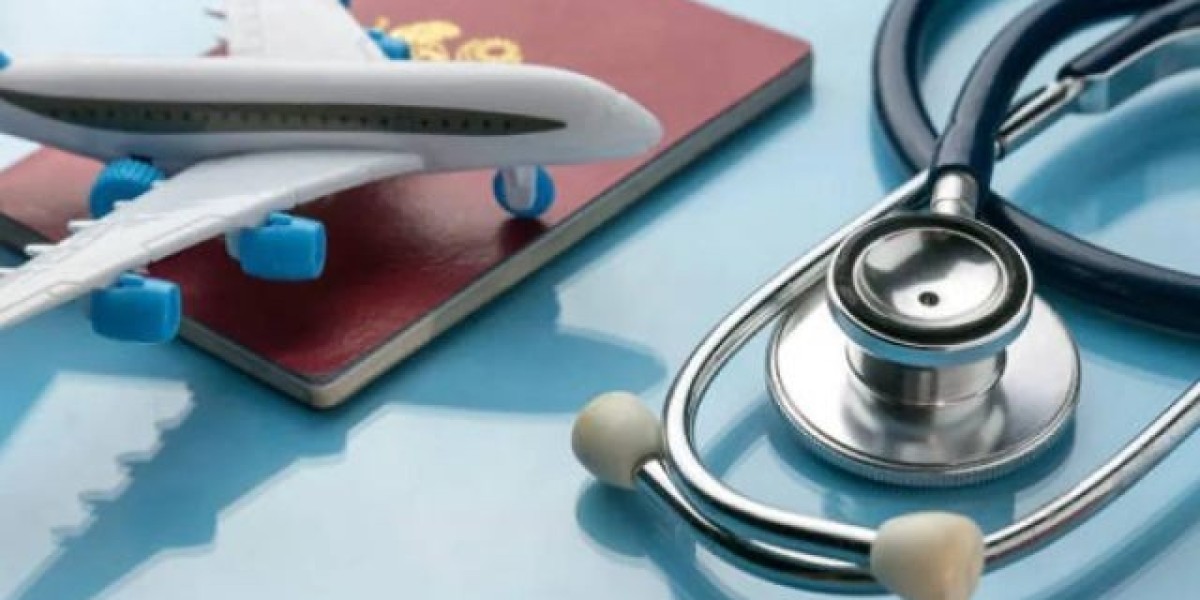Ships have been a vital part of global transportation and trade for centuries. From massive cargo carriers to naval vessels and fishing boats, every ship, regardless of size or purpose, shares a common structural foundation. Whether you're a maritime enthusiast, a student, or someone working in the marine industry, understanding the main ship parts of crucial. In this blog, we break down the key components that make up a ship.
1. Hull
The hull is the main body of the ship. It provides buoyancy and allows the ship to float. Hulls can be made from steel, aluminum, fiberglass, or composite materials. They are designed to reduce drag and improve stability and fuel efficiency.
2. Bow and Stern
Bow: The front part of the ship that cuts through water. A well-designed bow minimizes resistance and helps improve navigation.
Stern: The rear part of the ship. This is where propulsion systems and steering mechanisms like the rudder and propeller are often located.
3. Deck
The deck is the horizontal surface that forms the "floor" of the ship. Ships often have multiple decks:
Main Deck: The uppermost complete deck.
Upper Deck/Bridge Deck: Contains navigation equipment and controls.
Lower Decks: May include storage, engine rooms, or accommodations.
4. Bridge
The bridge is the command center of the ship. It's where the captain and officers navigate, monitor controls, and operate communication systems. Modern bridges are equipped with radar, GPS, and automated systems to ensure safe navigation.
5. Engine Room
Located near the stern, the engine room houses the ship’s main engine(s), generators, pumps, and other mechanical systems. This is the heart of the vessel’s propulsion system.
6. Propeller and Rudder
Propeller: Converts engine power into thrust to move the ship forward.
Rudder: A flat piece behind the propeller that steers the ship by redirecting water flow.
7. Anchor and Windlass
The anchor is a heavy object lowered to the seabed to keep the ship stationary. It's operated by the windlass, a mechanical device used to raise and lower the anchor.
8. Superstructure
The superstructure includes all parts of the ship above the main deck, like the bridge, funnels, and accommodation areas. It's crucial for operations and crew safety.
9. Cargo Holds and Tanks
On cargo ships or tankers, the cargo holds (dry goods) and tanks (liquid cargo) are designed for safe storage and easy loading/unloading. These areas are often reinforced and may include temperature control or pressure systems.
10. Lifesaving and Safety Equipment
Every ship is equipped with:
Lifeboats
Life rafts
Life jackets
Firefighting systems
These are vital for crew and passenger safety in emergencies.
Conclusion
A ship is a complex, carefully engineered structure built for function, safety, and performance. From the hull that keeps it afloat to the engine that powers it forward, each part plays a critical role. Understanding ship components not only deepens appreciation for maritime engineering but is also essential knowledge for anyone involved in marine operations or logistics.








